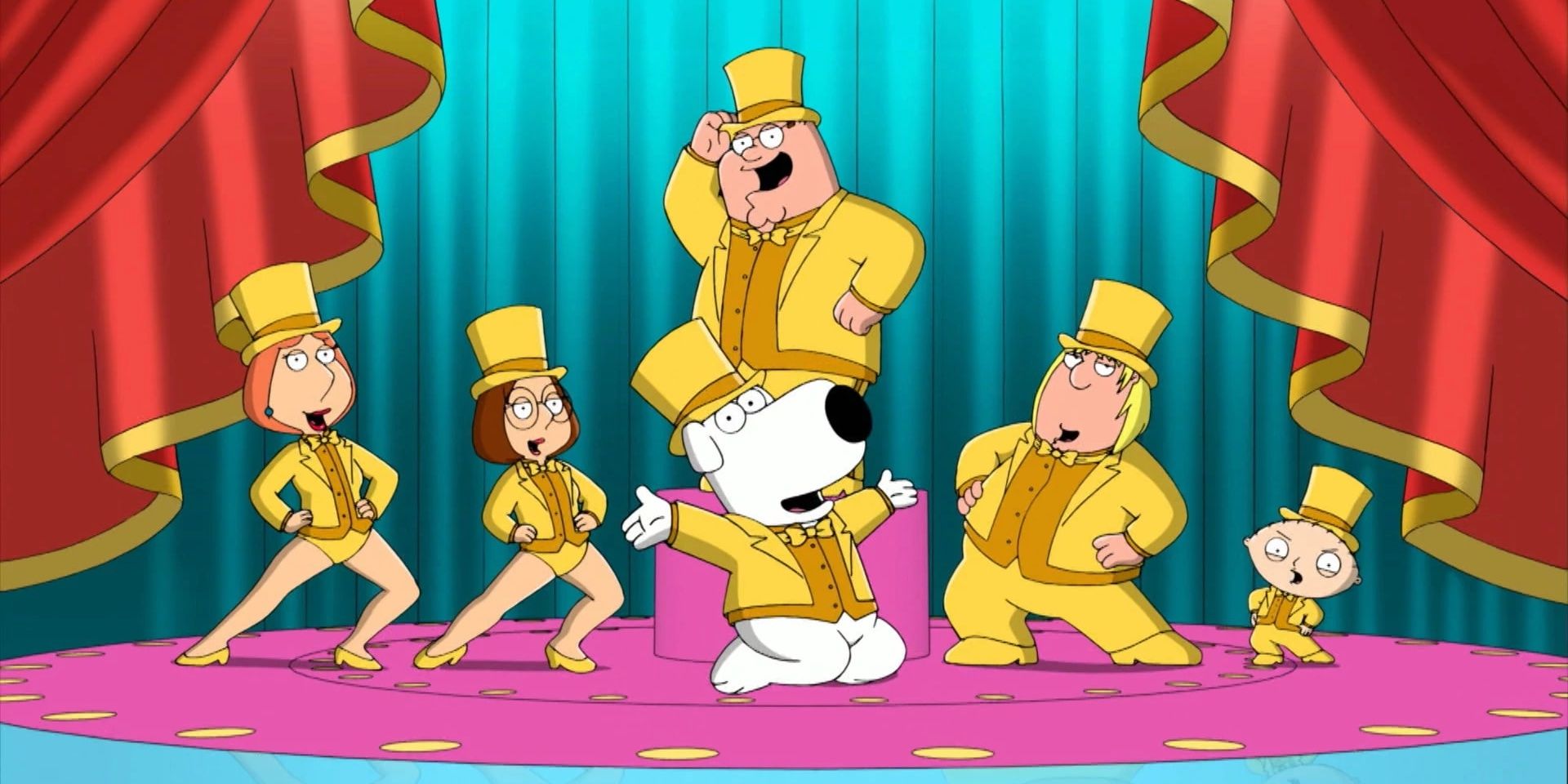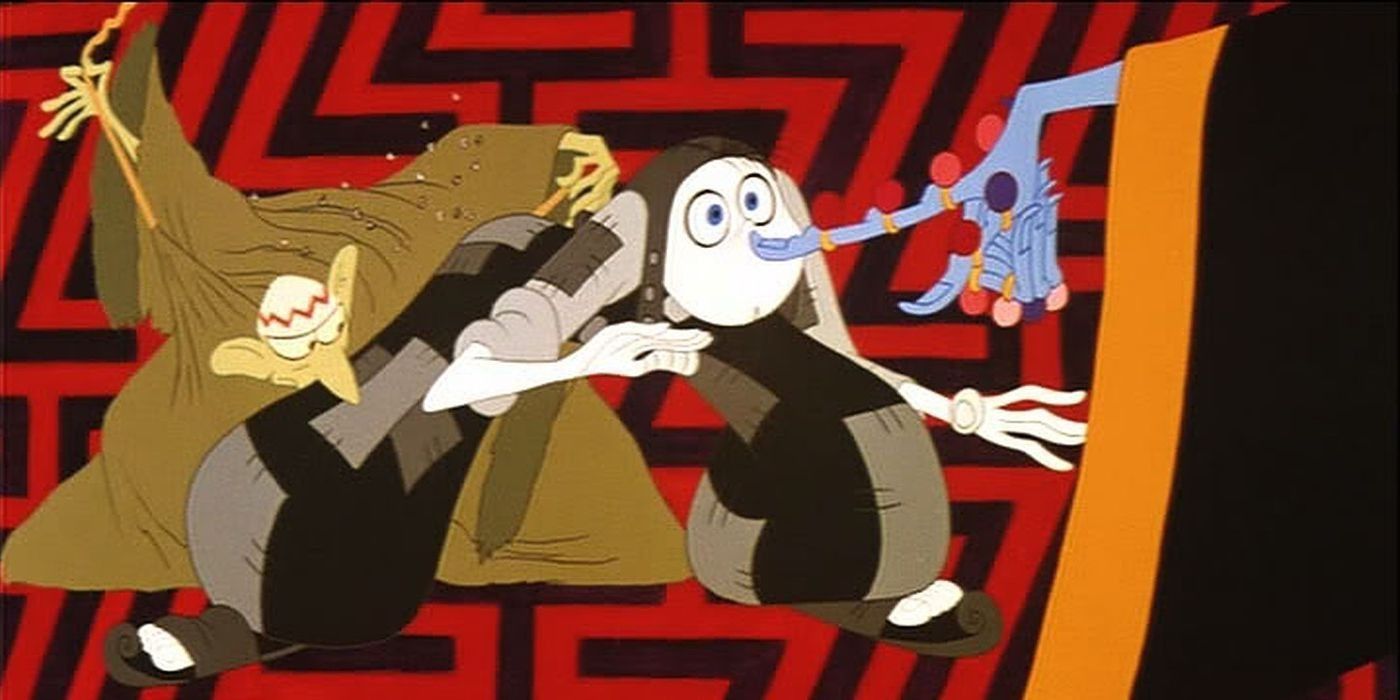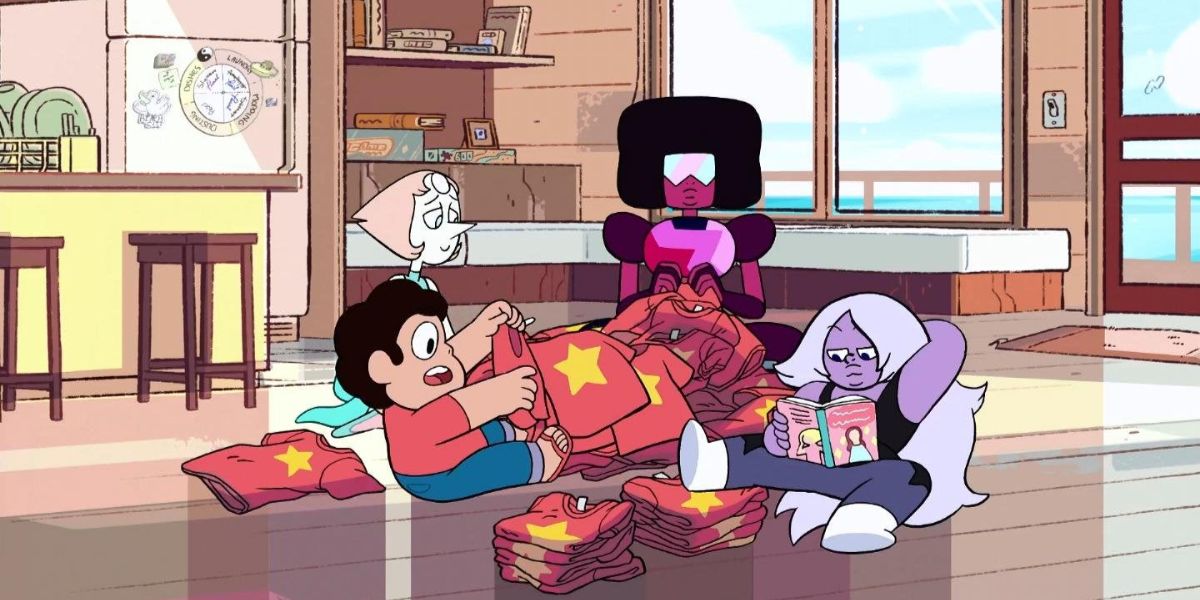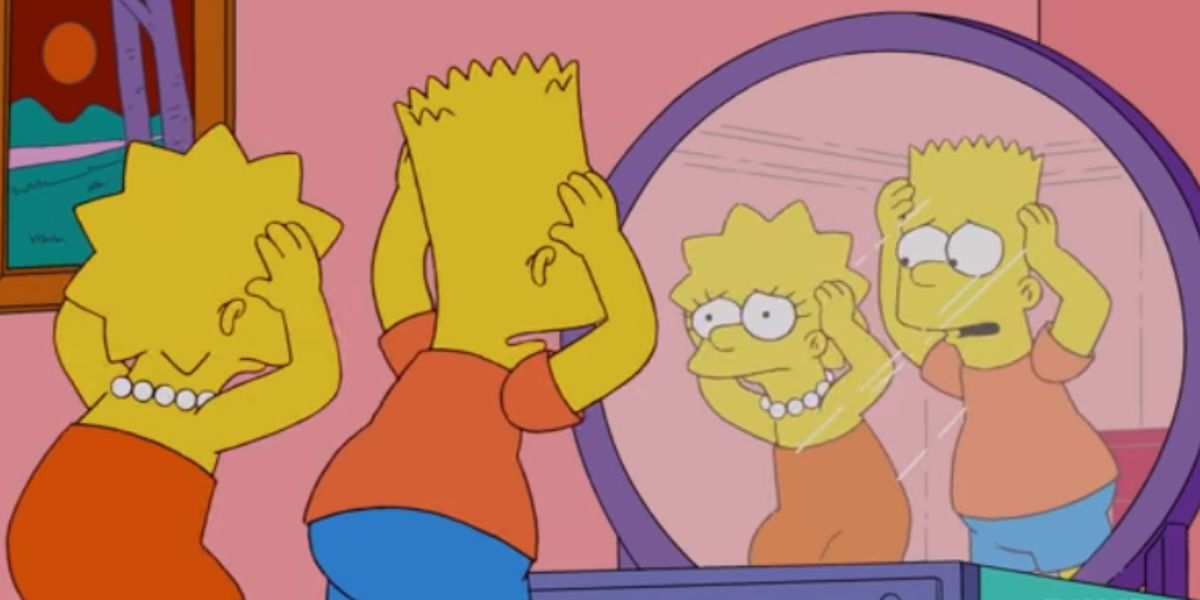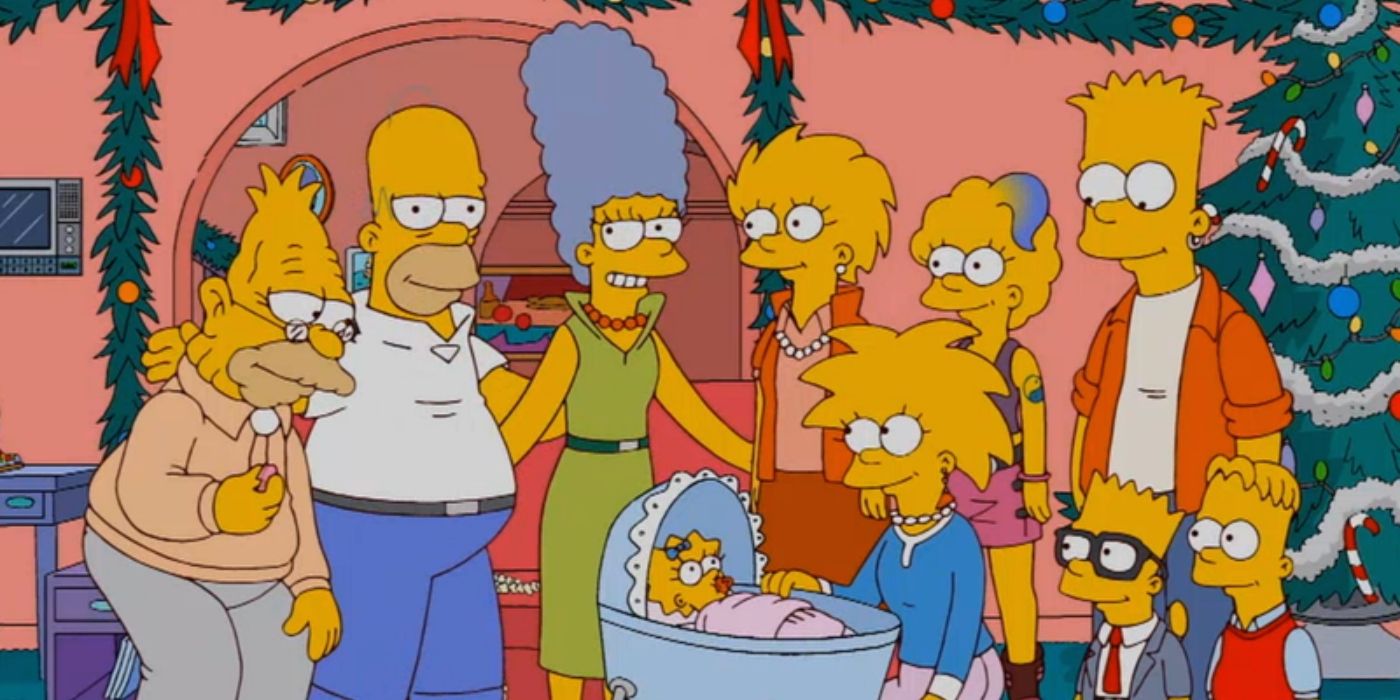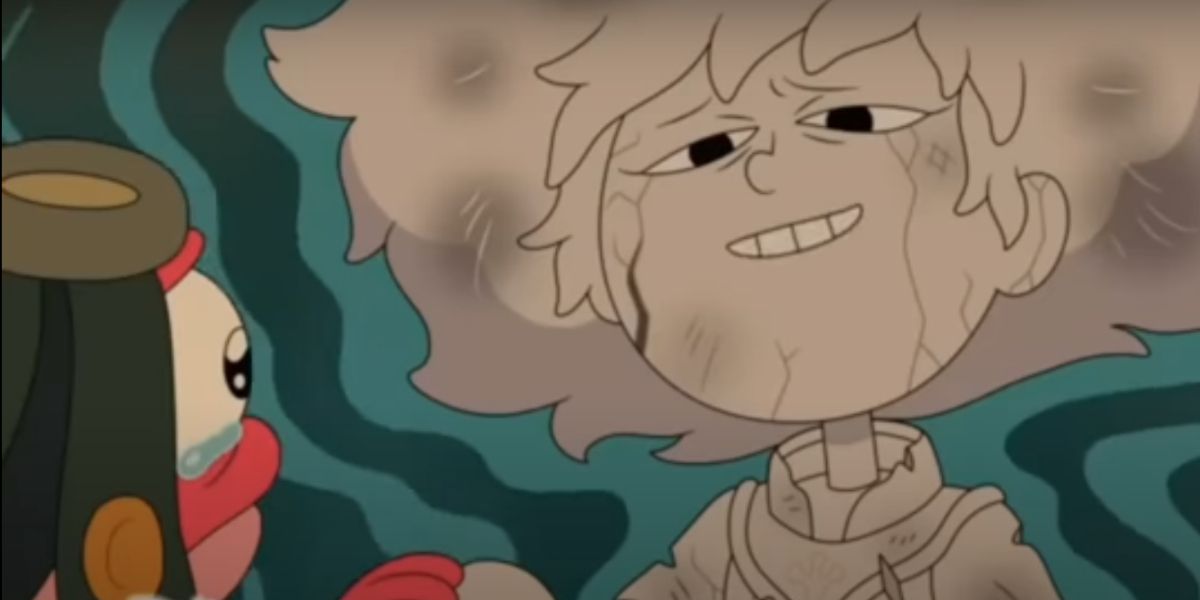Cartoons, whether in film or on television, are beloved worldwide. In many countries, they are a staple of childhood, though they have their adult fans, too. However, there are a few things about cartoons that even the most die-hard fan can get a little tired of.
Sometimes, it’s the little things that reflect how cartoons are made. Cartoons certainly have their limitations, but sometimes even their unique benefits can annoy viewers. Other times, it’s just what culture associates with cartoons. All in all, even a person’s favorite cartoon can have things they have to admit they don’t like.
10 It Isn’t Easy Being A Fan Of Cartoons
Things can be hard on animation fans. Cartoons can be thought of as children’s entertainment, meaning adult fans can be treated as immature. Animated shows also get gendered more than live-action shows, meaning fans can be told a show they grew up with and loved “isn’t for them” depending on who gets treated as the intended audience.
Obscure and indie animation can be hard to discuss when the stuff coming from the same few studios gets all the attention, to the point where popular studios incorrectly get credit for various projects. And that’s not getting into the toxic issues that fandoms at large already go through, like fan-wars and debates.
9 Voice Actors Can Get Replaced At The Drop Of A Hat
In cartoons, actors usually only need to provide their character’s voice, but this makes it all the easier for cartoons to switch up actors. Sometimes, this is over a pay dispute with the actors. Other times, this is because the production changed hands. For English language cartoons, sometimes this could be because the series switched from American to Canadian voice actors, or vice-versa.
This can even be done in a single episode, like a character having different voices for speaking and singing. Either way, unless the actors sound identical or at least do an equally decent job, this can be very annoying for audiences.
8 Cartoons Can Easily Turn Into (Or Come Off As) Vanity Projects
In animation, it can be a little easier for a creator to insert themselves into a work than with live-action media. For web animation, it’s generally seen as the rule, not the exception. But when it comes to televised animation, having the creator voice a lead character can easily make something look like they’re promoting themselves.
This isn’t always intentional. Creators might voice characters during a rough draft with the intention of replacing them with a professional, but end up keeping their voice for time concerns or other issues. Other times they’ll base a design off themselves. But the final product can still come off as distracting.
7 Cartoons Can Take A Long Time In Production
Animation can take a while to produce, especially if it needs to look professional. It’s hard to cheat. Even big studios suffer from this. In the 1990s, it was common for Disney to include pencil tests and storyboards in their movie trailers because there wasn’t enough material for a full trailer.
Because of this, it can be hard for cartoons to be timely. Robot Chicken once famously poked fun at this in a sketch revolving around Into the Blue. Seth Green opened the skit pointing out it’s hard to guess what films would still be relevant by the time an episode came out, adding that there wasn’t more than a trailer for reference. The ensuing skit consisted of the characters repeating the name of the movie.
6 Animation Is Limited To Current Technology
If cartoons from a certain era resemble each other, it’s often because animators are limited to the same technology to work with. For example, if something is hard to draw, it’s even harder to animate. Throughout the history of the medium, animators have come up with ways to cheat the system, like “rotoscoping,” or drawing over live-action material. Technology improves, but new problems can arise. New tech also risks becoming easily dated, like the early, black-and-white VideoNow releases of Nickelodeon cartoons, which were considered innovative at the time of release.
Hair, for example, was historically tricky to animate. In early or low-budget CGI, for example, any flowing material, including hair, was hard to render. Spider-Man: The New Animated Series infamously suffered this problem. Most of the female characters had to have short hair, even if their comic counterparts didn’t. Similarly, an early idea to put Peter Parker in baggy clothes and hide his build had to be dropped.
5 Animation Can Be Limited In General (& It Shows)
Cartoons often find ways to save on animation. Even kids are aware of these cheats. Items characters will interact with are colored lighter than the background. Animation can get recycled. Character designs can get reused. Backgrounds can wrap around. Characters wearing the same outfit in every episode is so common that making the joke they simply have multiple copies of the same outfit is itself an overused cliché.
While animation can be expensive and animators do have to make cuts somewhere, cost-saving measures can get excessive. These shortcuts can even change how a story goes. Allegedly, He-Man was supposed to be older than Prince Adam until it was realized it was cheaper to have them look exactly alike.
4 Cartoons Demand A Wide Suspension Of Disbelief, Even With Colors
It’s generally accepted that cartoon characters can do things that people in real life cannot. Cartoons are filled with adventures that are limited to their creator’s imagination, or at least what they can draw. But they also can take really strange liberties with reality.
It gets to the point where even what color something is supposed to be becomes unclear. For example, on The Simpsons, Bart’s shirt and Lisa’s dress look orange, but are repeatedly described as “red.” Similarly, characters can look alike, to the point of sharing identical character models, but audiences are told that one character might be more, or less, attractive than the other. And animals can look nothing like their real-world counterparts, like Arthur being a noseless aardvark.
3 Animation Can Get Damaged Over Time
The process of making cartoons is already a delicate process, but saving them for posterity can also be tricky. Cartoons can get damaged in all sorts of ways. Even digitally remastering animation can cause unintended problems.
In the Jem cartoons, the villainess Pizzazz was meant to have bright green hair. But the original masters weren’t properly colored and made her hair more of an olive-brown color. This caused problems when the masters were used for a DVD release. Even Disney films have suffered effects being lost, when the films were edited for DVD releases, like the fairy dust in Cinderella. Added to this, some cartoons don’t have the luxury of getting remastered. The Spanish animated film Erase Una Vez mostly survives through a black and white copy, despite originally being in color.
2 They Can Go On Forever (Or At Least Get Pretty Close)
Cartoon characters have one luxury over live-action actors: they’re practically immortal. Unless the showrunners decide to age them up, they can stay the same age for decades. And if the creators do decide to age them up, they can always age them back down. Added to this, since cartoons are basically illusions, drawings brought to life, they can survive the lifespan of their voice actors, their creators, and any humans working on the show.
Because of this, popular cartoons run the risk of running long enough that fans realize they’re getting too much of a good thing. Shows like The Simpsons or SpongeBob SquarePants can be long-runners in a traditional sense. Other cartoons, like Scooby-Doo, keep getting new reboots.
1 They Eventually Have To End
Nothing in life lasts forever, no matter how hard we wish otherwise. And that applies to cartoons just like everything else. Everyone’s favorite cartoon eventually has to reach its final episode sometimes. In fact, some unfortunate cartoons, even ones with devoted fans, don’t last past the pilot.
As cartoons can hold a special place in many a fan’s heart, giving them a world they can escape to, this can be a sad reality. But fans can always appreciate the journey.
Read Next
.jpg)



